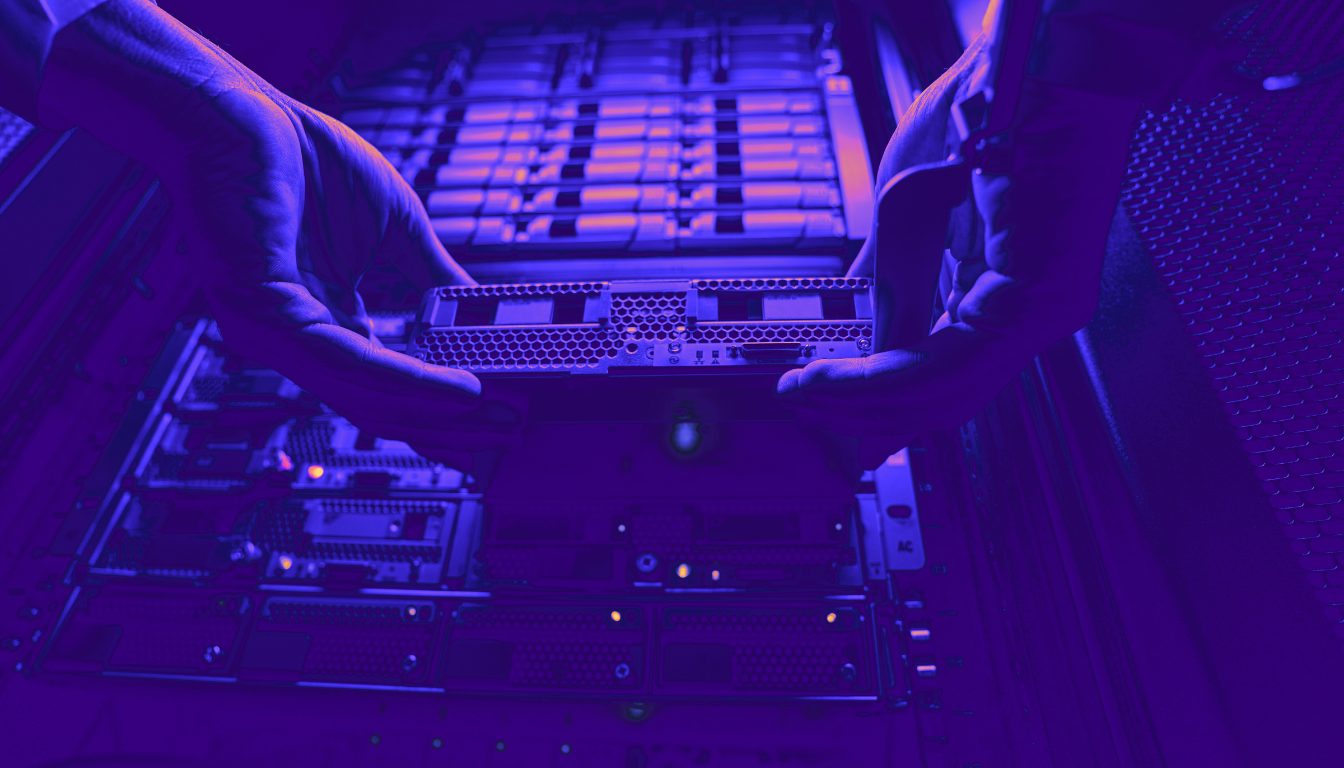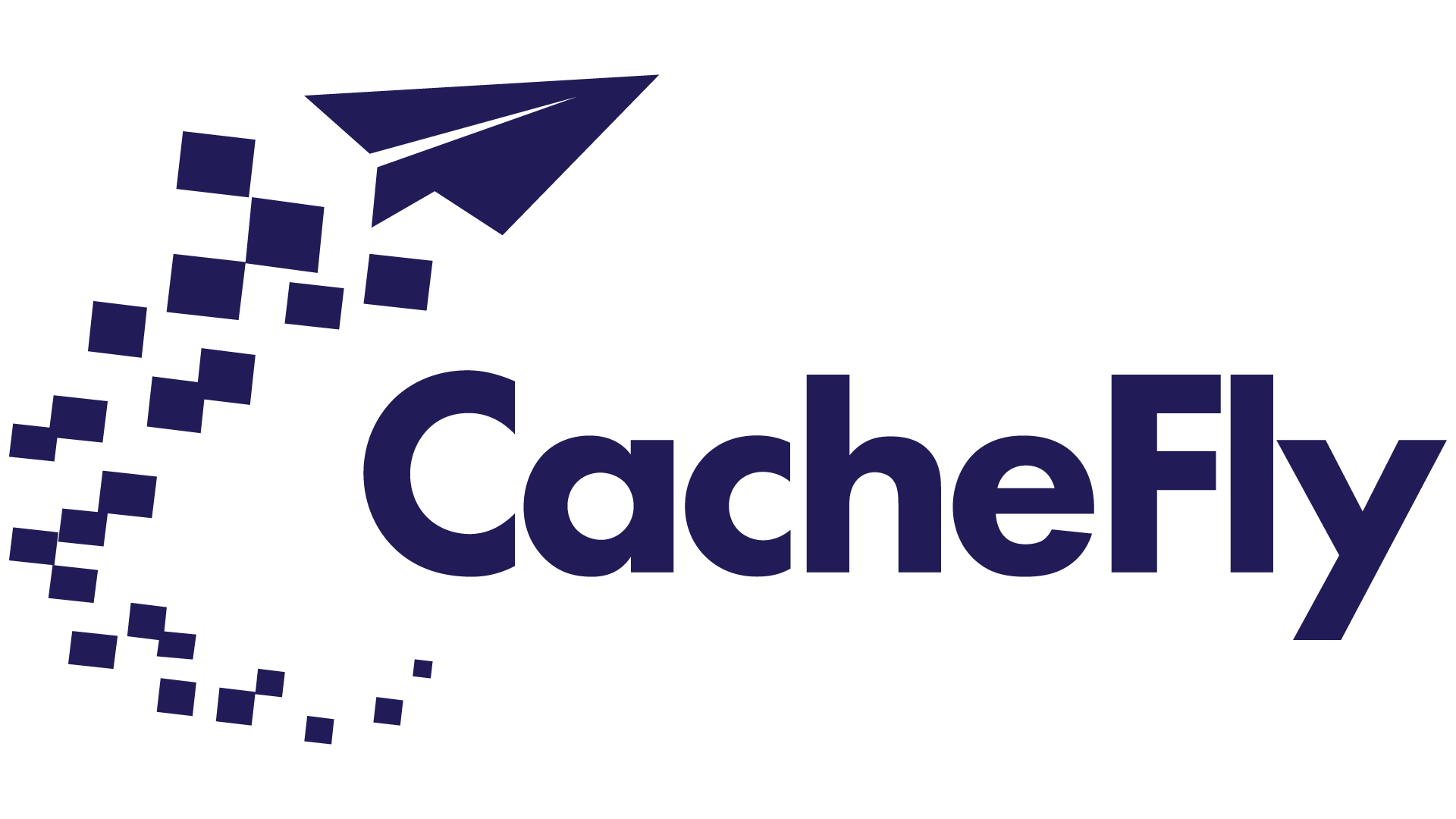
Troubleshooting 101: A Comprehensive Guide to Diagnosing Common CDN Problems
Key Takeaways
- Understanding the common problems associated with CDN usage and their impact on website performance and user experience.
- Identifying the role of CDN configuration errors and network issues in affecting CDN performance.
- Highlighting the importance of CDN logs and analytics in diagnosing problems.
- Recognizing the benefits of CDNs in reducing load times and bounce rates, leading to an increased duration of user visits on your site.
As we navigate the complex world of Content Delivery Networks (CDN), it’s essential to be aware of the potential pitfalls that might come our way. A CDN is a powerful tool, capable of enhancing website performance, reducing server load, and improving user experience. However, it’s not immune to problems. Today, our focus is on identifying common CDN problems and understanding their impact on your website’s performance and user experience. We’ll also delve into the crucial role that CDN logs and analytics play in diagnosing these problems.
Identifying Common CDN Problems
CDN usage comes with its share of challenges. Common issues that can arise include latency, cache misses, and content delivery failures. These problems can seriously impact your website’s performance and the user experience. For instance, high latency can lead to slow loading times, frustrating users and potentially causing them to leave your site—something no business wants.
Interestingly, CDN configuration errors often cause these issues. Misconfigured settings or incorrect cache-control headers can disrupt content delivery, leading to the problems mentioned above. Therefore, it’s essential to regularly check your CDN configuration settings and ensure they are correctly set up.
Network issues or ISP-related problems can also affect CDN performance. These issues can cause slow content delivery or even make your website unreachable. It’s vital to collaborate closely with your ISP and ensure they provide a reliable connection for optimal CDN performance.
Lastly, understanding CDN logs and analytics is key to diagnosing problems. These logs provide detailed information about your CDN’s performance, helping you identify any errors or anomalies. Regular analysis of these logs can help you spot problems early and take corrective action, thereby preventing any significant impact on your website’s performance.
One of the key benefits of using a CDN is its ability to reduce load times and bounce rates, leading to an increase in the duration of user visits on your site. With a CDN, you’ll see reduced load times and bounce rates, enhancing the user experience and keeping visitors on your site for longer. This shows how valuable a well-functioning CDN can be for your business.
Strategies for Diagnosing CDN Problems
Having identified the common problems associated with CDN usage, it’s now time to explore the strategies that can help you diagnose these issues effectively. We’ll discuss methods such as analyzing CDN logs, using real-time monitoring tools, testing CDN performance from different geographical locations, checking CDN configuration settings, and utilizing third-party tools.
Analyzing CDN Logs
The first step in diagnosing CDN problems involves analyzing CDN logs to identify errors or anomalies. CDN logs provide detailed information about your CDN’s performance, including response times, cache hit rates, and error messages. By systematically analyzing these logs, you can pinpoint the exact cause of any performance issues and take appropriate corrective action.
Real-Time Monitoring Tools
Another effective method for diagnosing CDN problems is the use of real-time monitoring tools. These tools enable you to track CDN performance in real-time, providing instant alerts when issues arise. By continuously monitoring your CDN’s performance, you can quickly detect and resolve issues, thereby minimizing any potential impact on your website’s performance and user experience.
Testing CDN Performance
Testing CDN performance from different geographical locations is also crucial in diagnosing CDN problems. CDNs store content in multiple locations known as Points of Presence (PoPs), strategically located to serve users quickly. By testing CDN performance from different PoPs, you can identify any location-specific issues and take necessary steps to resolve them. This ensures that all your users, irrespective of their geographical location, enjoy a seamless experience on your website.
Checking CDN Configuration Settings
CDN configuration settings and cache-control headers play a crucial role in your CDN’s performance. Incorrect settings can lead to issues like cache misses and content delivery failures. Therefore, regularly checking these settings and ensuring they are correctly configured is vital in diagnosing CDN problems.
Utilizing Third-Party Tools
Finally, third-party tools such as traceroute, MTR, and webpagetest.org can be highly effective in diagnosing CDN problems. These tools can help you identify network issues, measure latency, and analyze web page performance, providing valuable insights into your CDN’s performance. Embracing these tools can significantly enhance your CDN troubleshooting capabilities.
Advanced Techniques for CDN Troubleshooting
As we continue on our journey of CDN troubleshooting, let’s delve deeper and explore some advanced techniques. These include the use of synthetic monitoring tools, A/B testing, load testing, advanced analytics, machine learning tools, and leveraging CDN provider’s support and community resources.
Synthetic Monitoring Tools
Synthetic monitoring tools are a proactive approach for detecting CDN issues. By simulating user behavior and interactions with your website, these tools help identify potential problems before they affect real users. This proactive detection ensures optimal CDN performance and a seamless user experience, even during peak traffic times.
A/B Testing
A/B testing plays a crucial role in identifying performance issues related to CDN. By presenting two different versions of your website to users and then comparing their performance, A/B testing can provide valuable insights into how well your CDN is performing. Remember, every improvement in CDN performance translates to a better user experience and higher customer satisfaction.
Load Testing
Load testing is another essential technique in CDN troubleshooting. By simulating high traffic volumes, load testing ensures your CDN can handle peak load times without compromising on performance. Regular load testing helps identify potential bottlenecks and ensure that your CDN is ready for high traffic events.
Advanced Analytics and Machine Learning Tools
Advanced analytics and machine learning tools are bringing a paradigm shift in CDN troubleshooting. These tools analyze large volumes of CDN data to predict potential problems and suggest optimal solutions. With predictive troubleshooting, you can identify and rectify issues even before they manifest, ensuring uninterrupted CDN performance.
CDN Provider’s Support and Community Resources
Last but not least, leveraging your CDN provider’s support and community resources can significantly enhance your troubleshooting capabilities. These resources offer expert advice, best practices, and valuable insights from other users, helping you solve complex CDN problems with ease. Remember, the more you engage with these resources, the better equipped you’ll be to handle any CDN issues that come your way.
CDN Optimization Post-Troubleshooting
After successfully troubleshooting CDN issues, the next critical step is optimization. CDN optimization is all about ensuring the best possible performance and security for your content delivery. Let’s dive into the various ways to optimize your CDN post-troubleshooting.
Regular CDN Performance Audits
Regular CDN performance audits play an essential role in preventing future issues. By consistently assessing the performance of your CDN, you can detect and rectify minor issues before they escalate into significant problems. Regular audits also provide valuable insights that can guide you in fine-tuning your CDN configuration for optimal performance.
Optimizing CDN Configuration Settings
Optimizing the configuration settings of your CDN is another effective way to improve performance. From adjusting cache-control headers to tweaking CDN behavior based on user location, there are numerous ways to ensure your CDN delivers content as efficiently as possible. Remember, every little optimization contributes to a faster, smoother user experience.
Continuous Monitoring and Real-time Analytics
Continuous monitoring and real-time analytics are key to maintaining optimal CDN performance. By keeping a close eye on CDN metrics and analyzing them in real-time, you can identify potential performance issues and address them promptly. This proactive approach keeps your CDN performance at its peak, ensuring that your users always enjoy a seamless content delivery experience.
Multi-CDN Strategies
Multi-CDN strategies offer enhanced reliability and performance by distributing content delivery across multiple CDNs. This approach provides redundancy, thus ensuring uninterrupted content delivery even if one CDN experiences issues. Furthermore, multi-CDN strategies allow you to deliver content more efficiently by choosing the best performing CDN based on user location and other factors.
Leveraging CDN Features for Improved Security
CDNs provide additional functionalities like DDoS protection and additional security layers to your servers, contributing significantly to your website’s security. For instance, features such as DDoS protection and Web Application Firewall (WAF) help safeguard your CDN from various security threats, ensuring that your content delivery remains secure and uninterrupted.
Future Trends in CDN Technology and Troubleshooting
As we venture deeper into the digital age, emerging technologies and trends are constantly reshaping the landscape of Content Delivery Networks (CDNs). Let’s explore these future trends and their potential impact on CDN technology and troubleshooting.
Impact of Emerging Technologies on CDN Performance
Emerging technologies like 5G and edge computing are set to revolutionize CDN performance and troubleshooting. 5G, with its high-speed connectivity, will significantly enhance content delivery speeds, while edge computing, by processing data closer to the user, will reduce latency and improve the overall user experience. These technologies will also bring about new troubleshooting scenarios, requiring CDN providers to adapt and evolve their troubleshooting methodologies.
Artificial Intelligence and Machine Learning in CDN Troubleshooting
Artificial Intelligence (AI) and Machine Learning (ML) are making notable strides in various tech domains, and CDN is no exception. They hold the potential to transform predictive troubleshooting and performance optimization. These technologies can analyze vast amounts of data to identify patterns, predict potential CDN issues, and optimize CDN performance proactively. AI and ML can automate a significant portion of the troubleshooting process, reducing the time and effort required for manual troubleshooting.
Rising Challenges with Real-time Applications, AR/VR, and IoT
The proliferation of real-time applications, Augmented Reality/Virtual Reality (AR/VR) content, and Internet of Things (IoT) devices presents new challenges in CDN troubleshooting. These advanced applications demand ultra-low latency and high bandwidth for optimal performance. Ensuring seamless content delivery for these applications will necessitate advanced troubleshooting techniques and more robust CDN infrastructures.
Collaboration with ISPs and Other Stakeholders
Collaboration with Internet Service Providers (ISPs) and other stakeholders will be crucial for improved content delivery and troubleshooting in the future. Such collaborations can help in optimizing the route of content delivery, managing network congestion, and resolving CDN issues more efficiently. This cooperative approach will ultimately result in a better end-user experience.
Advancements in CDN Technology
Advancements in CDN technology hold the promise of simplifying troubleshooting and improving performance. For instance, new caching strategies and protocols can enhance content delivery speed and reliability. Simultaneously, advanced analytics tools can provide deeper insights into CDN performance, aiding in more effective troubleshooting. As technology continues to progress, we can look forward to a future where CDN troubleshooting becomes considerably more streamlined and efficient.
Product Updates
Explore our latest updates and enhancements for an unmatched CDN experience.
CacheFly in the News
Learn About
Work at CacheFly
We’re positioned to scale and want to work with people who are excited about making the internet run faster and reach farther. Ready for your next big adventure?




